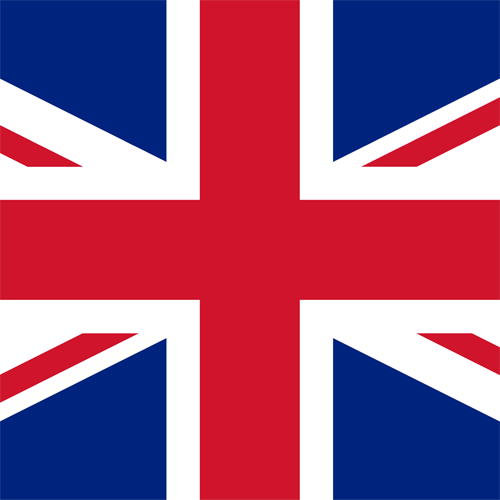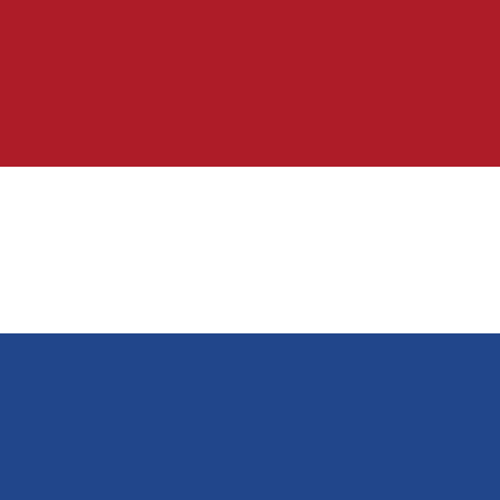Kesbeke
Greening plan - Product range
Base measurement and targets set for 2021/2022
99% of the items produced or sold by Kesbeke do not contain animal based ingredients. There are no plans to change this in the future.
99% of the food ingredients used by Kesbeke are plant based. There are no plans to change this in the future.
Look at the top 10 performing items and investigate the opportunity to introduce 1 or 2 organic items next to the standard products in 2022.
Almost all Kesbeke's agricultural items are grown according to GlobalG.A.P. standards. The aim for 2022 is to get (better) measurable data for communicating about green agricultural performance.
At the moment there are no items in the portfolio from sustainable aquaculture. Target for 2022 is to investigate the opportunity to launch a product based on sustainable aquaculture.
Enlarge the use of trimmings and misshapen harvest items in 2022 mainly by further cooperation with the "contract farmers".
From the 50 best performing articles of Kesbeke, 49 articles (98%) have a Nutri-Score A and 1 article (2%) a Nutri-Score B. The goal for 2022 is to have 100% of the articles with a Nutri-Score A.
Kesbeke's 50 best performing items do already have a sodium content below the sodium targets for pickels as set by the WHO as a target for 2025.
95% of Kesbeke's used packaging material consists out of recyclable glass, labels and steel. Approx. 5% consist of plastics where an improvement program will be worked out towards 2022.
Kesbeke is CSR certified level 3; Platinum partner of United Packaging Forest; Business partner of WWF, KWF, War Child and Kika. In addition, Kesbeke supports initiatives of its employees.
Kesbeke is working according to their written code of conduct. Work will be done to have at least 90% of their biggest suppliers committed to this code or a similar one by the end of 2022.
Organize twice per year a meeting to study the solutions of the partners of Greenfoodfinder where they can be of use for greening the product range.
Greening plan - Production
Base measurement and targets set for 2021/2022
Reduce fossil energy in the mix of total energy use. End of 2020 is starting point 100.
Reduce total energy level in relation to the produced amount of kg. End of 2020 is starting point 100.
Reduce use of M3 water in relation to produced amount of kg. End of 2020 is starting point 100.
Reduce product waste as a % of total produced amount of kg. End of 2021 is starting point.
Reduce amount of total used kg packaging as % of total amount kg produced. And improve on more circular, recyclable materials. End of 2021 is starting point.
No waste water targets are set at the moment. Improvement program will be formulated and goals will be set towards end of 2022.
Make plans together with 5 of the biggest supply chain partners to improve on sustainability. Also look at possibilities to use more "back yard" ingredients and crops.
Organize twice per year a meeting to study the solutions of the partners of Greenfoodfinder where they can be of use for greening the product range.



